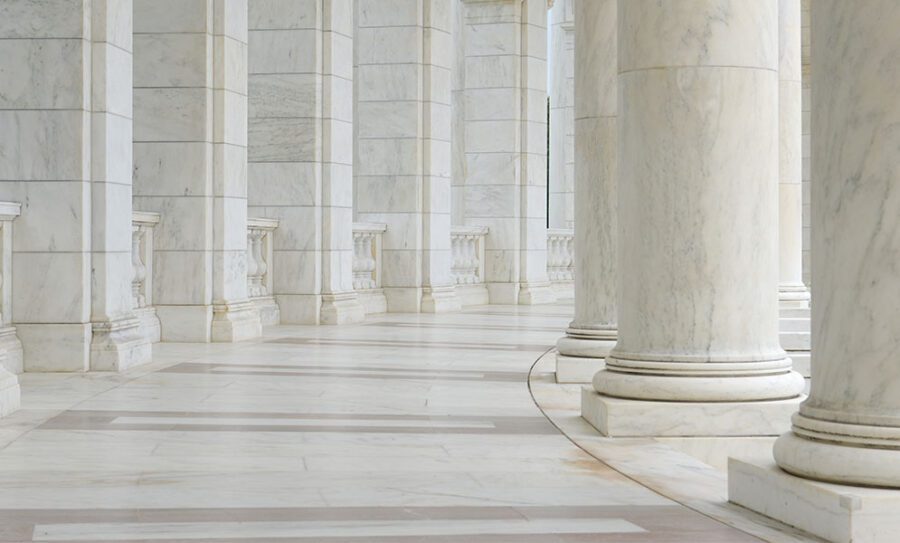In today’s complex educational landscape, the fundamental distinction between independent, privately funded education and state-dependent, taxpayer-funded education has never been more crucial. As we examine the various options available to families, it becomes essential to understand what these choices are and how their funding mechanisms impact educational freedom and parental rights.
At Classical Conversations, we don’t think it is healthy to wed healthy families to a sick government or to become a special interest group, clamoring at the government’s door for more of anything other than independence and freedom. That is where we “plant our flag.” We are freedom maximalists. We already have school choice in 50 states. We have served families of all socioeconomic backgrounds in those states for 27 years without the need for government intervention.
To help with the different types of government-funded or incentivized school choice measures available, we’ve created a document that orders them from liberty to dependency. We hope you check out this valuable resource on school choice.
Who Controls Education?
At its core, the current school choice conversation revolves around this critical question: Who truly controls education? History shows that when parents maintain financial independence in educational choices, they preserve their fundamental right and responsibility to direct their children’s education. This aligns with classical liberal principles of limited government and individual liberty that have long been cornerstone values of American society.
Private Education
Independent, privately funded education represents the purest form of educational freedom. When families directly fund their children’s education or receive voluntary support from private benefactors, they remain autonomous from state control and accountable only to their own conscience and convictions. This model preserves the essential relationship between parental responsibility and educational decision-making, fostering a genuine free market in education where innovation and diversity can flourish.
Tax Incentive Programs
Then, there are tax incentive programs that blur the line between personal finances and special interest dependency. These Private-Public funding mechanisms include tax deductions, nonrefundable tax credits, and 529 savings accounts, which allow families to retain more of their own money for education but complicate their relationship with the state. These tools differ from purely redistributive funding models like education savings accounts (ESAs) and school vouchers, which rely on compulsorily sourced taxpayer funds and introduce government oversight into previously independent educational spaces. However, the state still has some mechanism to manipulate how those funds are spent. One example is the 529 plan, which has changed from its original purpose to what can be reimbursed today. While recent changes have expanded its use, the same pen that signs the expansion can be used to sign the reduction. A free people aren’t beholden to special interests and politicians’ pens.
State-Dependent Programs
Finally, there are state-dependent education options. While often marketed as “choice,” these options introduce complex accountability measures and government regulations that compromise true educational independence. This distinction is crucial because funding mechanisms inevitably influence educational content, methods, and outcomes. As the saying goes, “He who pays the piper calls the tune.”
Understanding these distinctions is vital as families navigate their educational options. While expanded “choice” may seem appealing on the surface, the funding mechanisms behind various programs can either preserve, complicate, or compromise educational independence. True educational freedom requires financial independence, as dependency on government funding inevitably leads to increased regulation and control. Honest state budgets require accountability, transparency, and integrity when spending public dollars.
As we explore these definitions and terms, we must remember that education is fundamentally a family responsibility, not a government service. The goal should be to preserve and expand truly independent educational options while being wary of programs that may compromise educational freedom through government funding and oversight. This understanding forms the foundation for evaluating various educational options and their implications on liberty and parental rights. As Patrick Henry once said, “Give me Liberty or give me death.”





